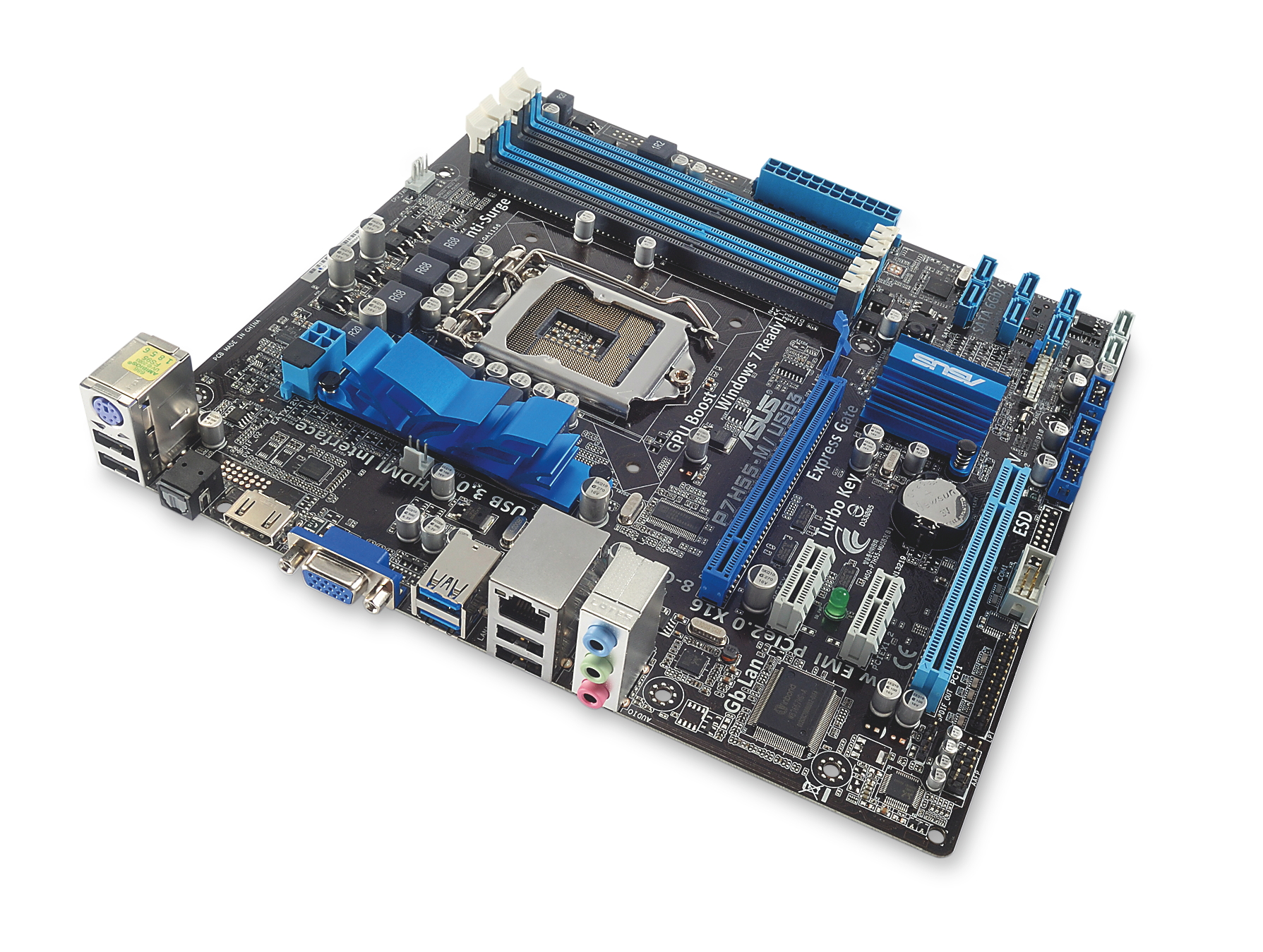Why you can trust TechRadar
We tested the P7H55-M with an Intel i7-870, a meaty Radeon graphics card and two sticks of Corsair memory running at 1,333MHz (although it isn't, true memory speed is arcane knowledge).
Here we've pitched the new bug against a Gigabtye H55M-UD2H – not quite as feature-rich perhaps, but using the same Intel chipset and aimed at the same buyer and sells for about the same, too. Both boards were run without any overclocking (not as easy as it sounds; they were quite keen).
As you might expect, it's a close-run thing. The Asus has a slim but clear lead in the application benchmarks. Why the memory bandwidths differ is a bit of a mystery. An erroneous timing setting perhaps?
CPU rendering
Cinebench R10 – time in seconds, lower is better
Asus P7H55-M: 47
Gigabtye H55M-UD2H: 52
Cinebench R11 – index, higher is better
Asus P7H55-M: 5.52
Gigabtye H55M-UD2H: 5.13
Video encoding
Sign up for breaking news, reviews, opinion, top tech deals, and more.
X264 V.2 – frames per second, higher is better
Asus P7H55-M: 28.57
Gigabtye H55M-UD2H: 27.84
Game physics
World in Conflict – frames per second, higher is better
Asus P7H55-M: 239
Gigabtye H55M-UD2H: 238
Memory speed
SiSoft Sandra – data transfer rate, higher is better
Asus P7H55-M: 16.1GB/s
Gigabtye H55M-UD2H: 16.7GB/s
Current page: Asus P7H55-M: Benchmarks
Prev Page Asus P7H55-M: Benchmarks Next Page Asus P7H55-M: VerdictThe TechRadar hive mind. The Megazord. The Voltron. When our powers combine, we become 'TECHRADAR STAFF'. You'll usually see this author name when the entire team has collaborated on a project or an article, whether that's a run-down ranking of our favorite Marvel films, or a round-up of all the coolest things we've collectively seen at annual tech shows like CES and MWC. We are one.
